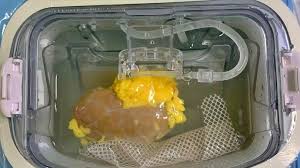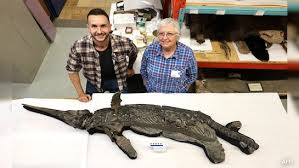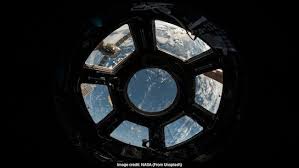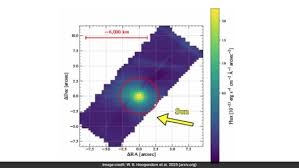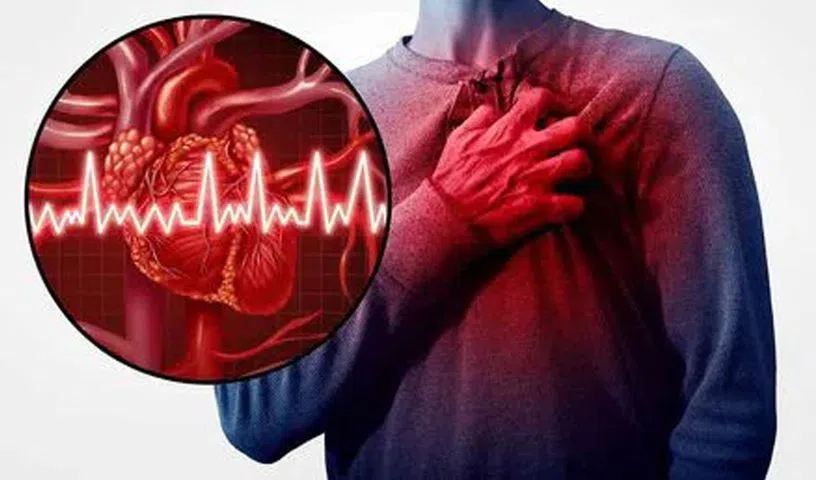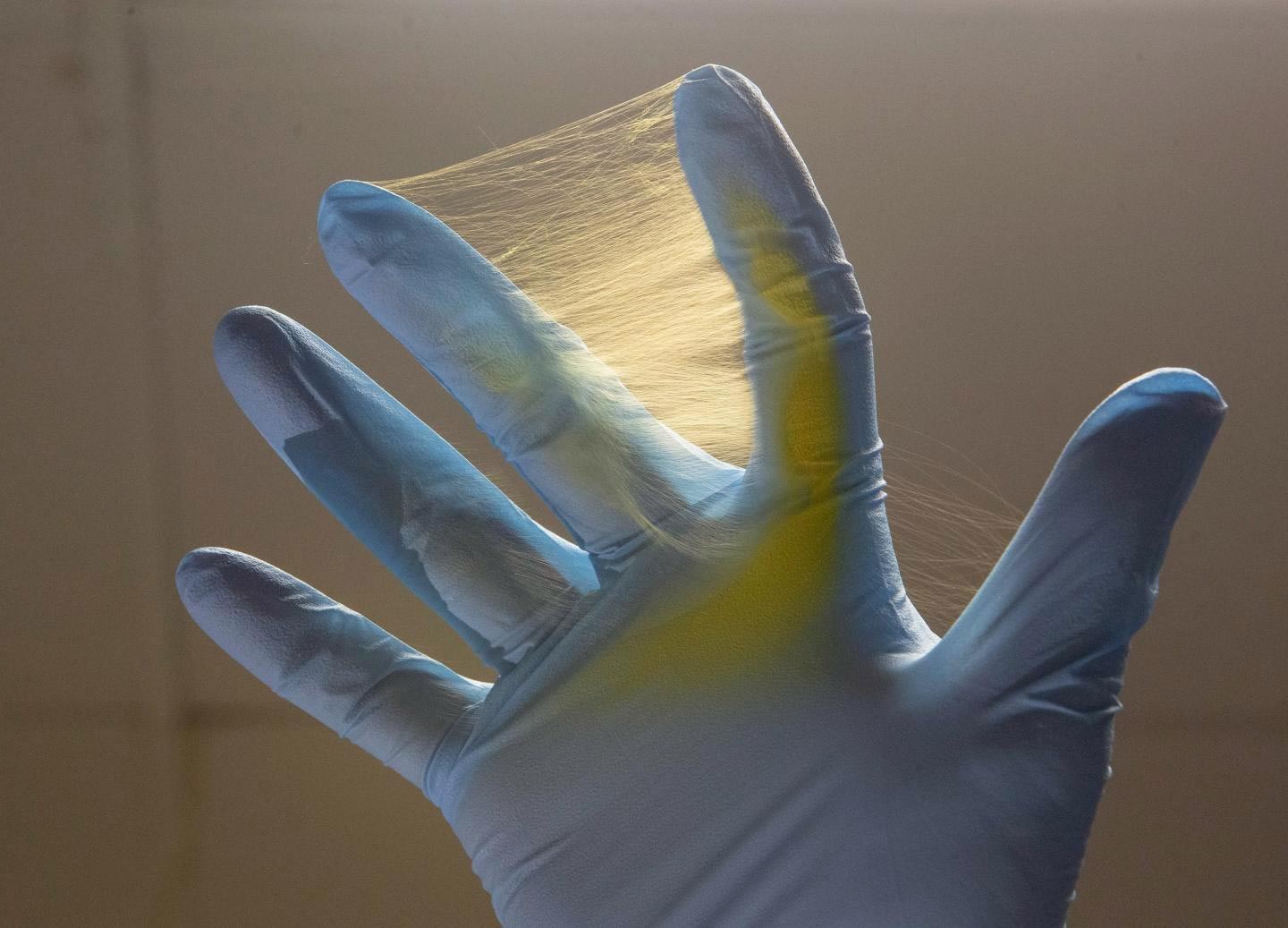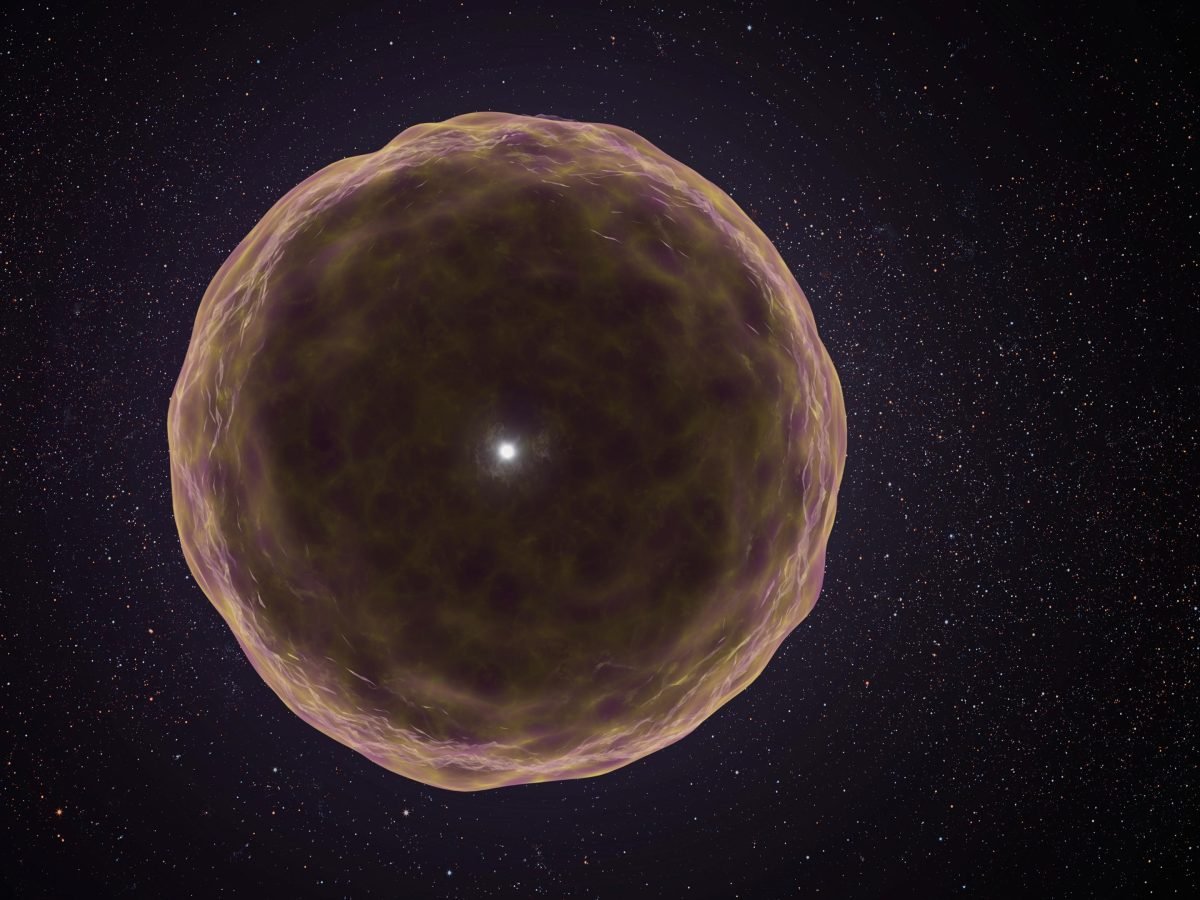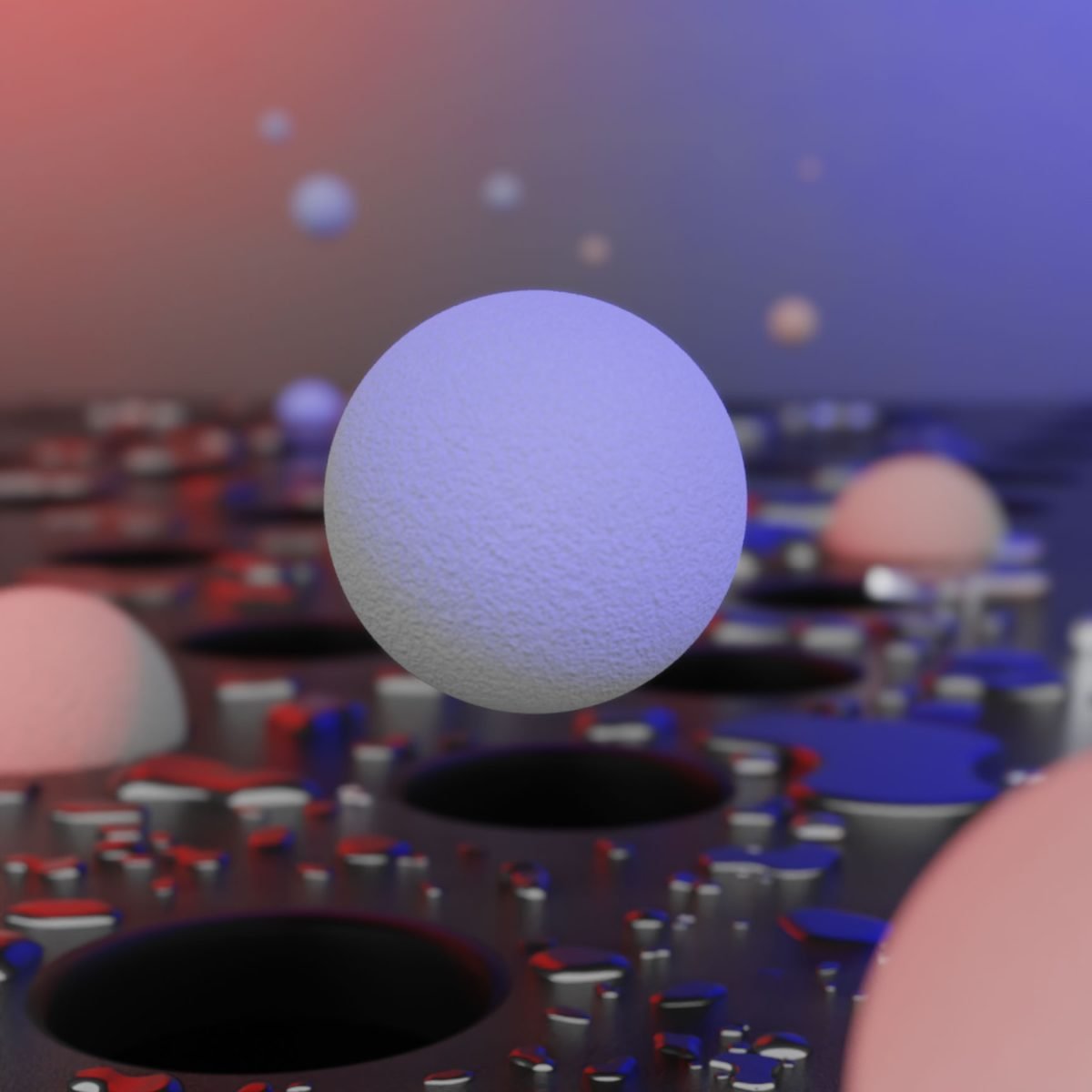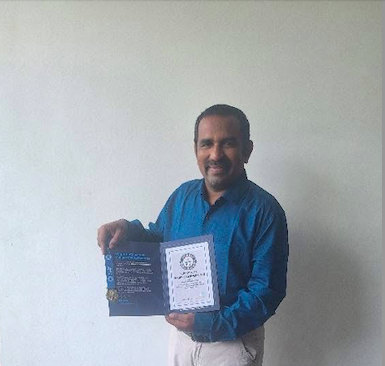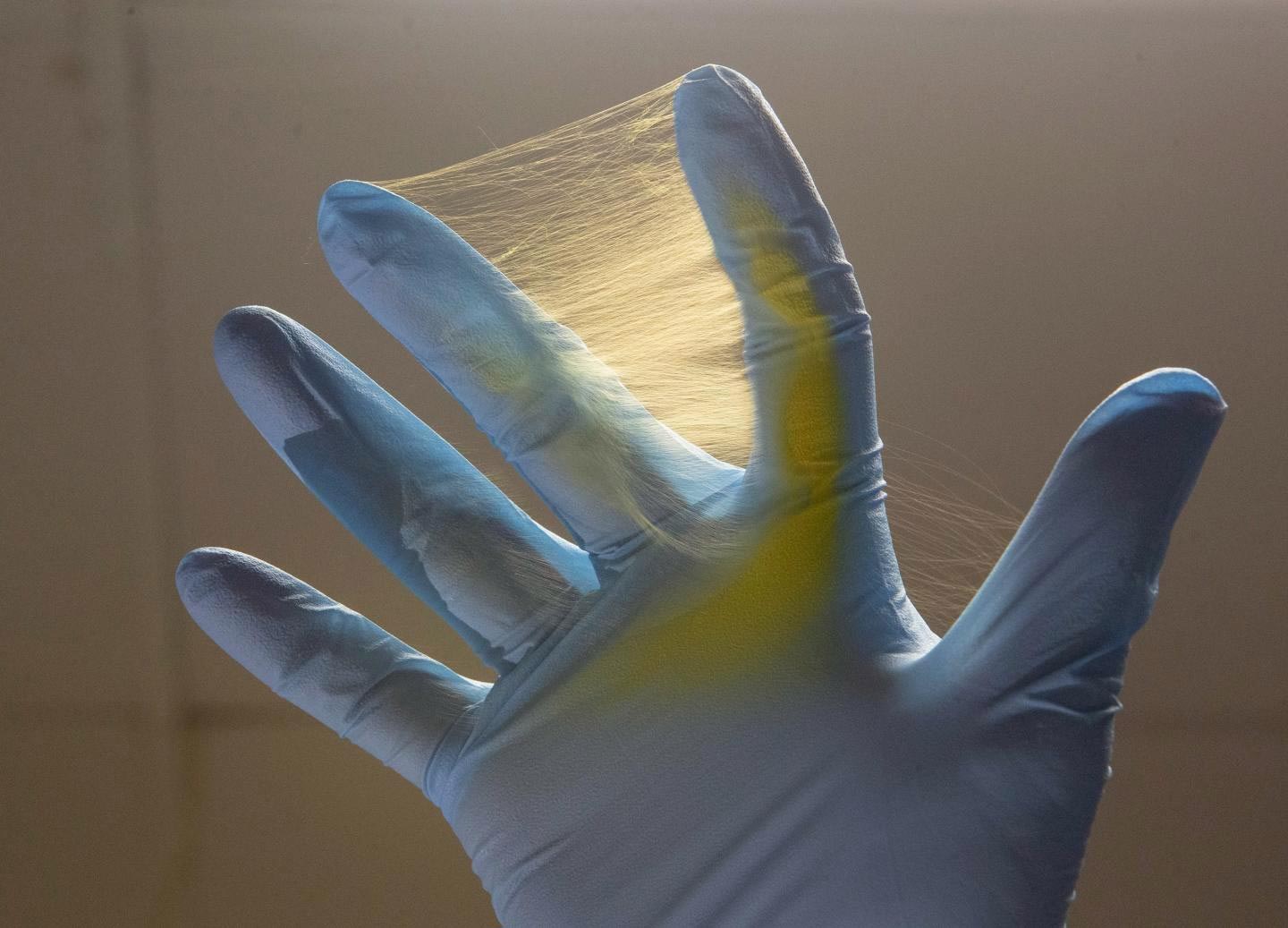
- KR Bharat
- 2025-09-24
Novel applications of a technology called coaxial electrospinning could improve contraceptive products and help.
When you visit Andrew Steckl’s lab at the University of Cincinnati, you see a nondescript glass box that weaves together different fibers.
He sees endless possibilities.
Steckl’s lab is coming up with new applications for a fabrication process called coaxial electrospinning, which combines two or more materials into a fine fiber for use in industry, textiles, or even medicine. The machine pumps two or more liquid polymers into a nozzle that drips like a leaky faucet. Once the electric voltage is applied, the drip turns into a spiderweb-fine jet composed of a core of one material surrounded by a sheath of another.
“It looks deceptively simple. But the chemistry is the secret sauce,” he said.
Steckl is an Ohio Eminent Scholar and professor in UC’s College of Engineering and Applied Science. His latest study published this month on the cover of the journal ChemPlusChem, outlined the many applications of a manufacturing process that combines the amazing properties of one material with the powerful benefits of another.









